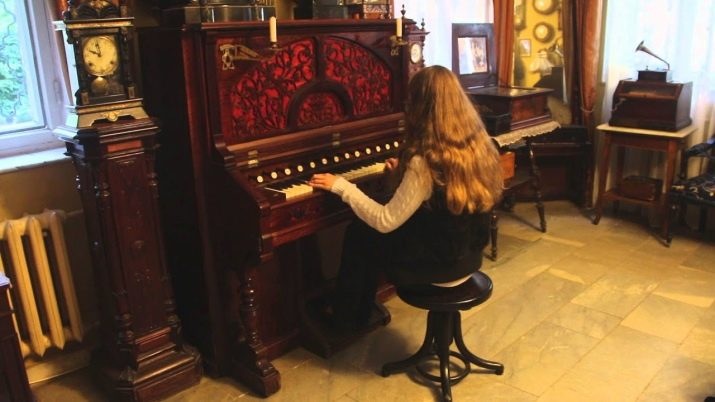Harmonium: characteristics and types
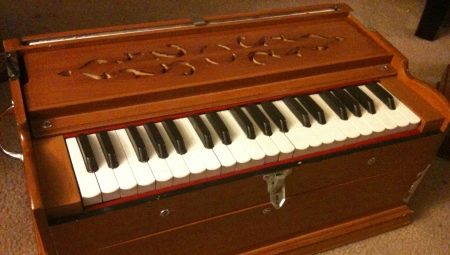
Harmonium is a musical instrument with a keyboard, which has many types, including Indian and others. Its history, description, lessons of the game will be discussed in the article.
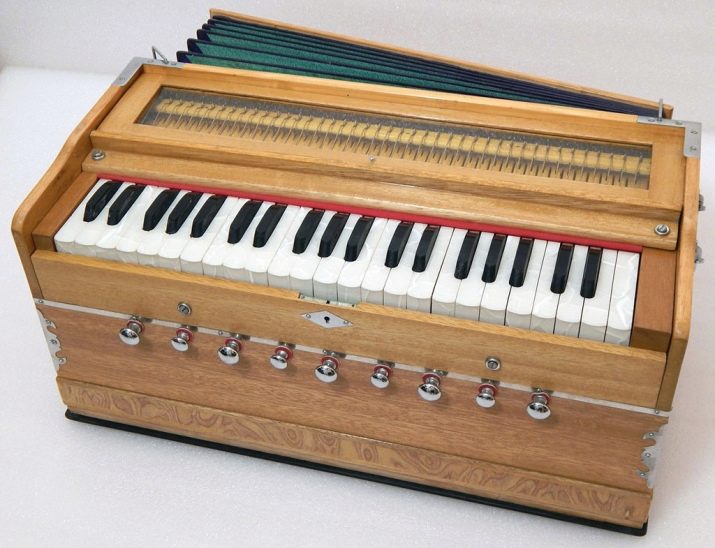
History of appearance
The harmonium belongs to the family of harmonics, but it differs from its relatives by the presence of a keyboard, like a piano, and its location - on the floor or on a table.
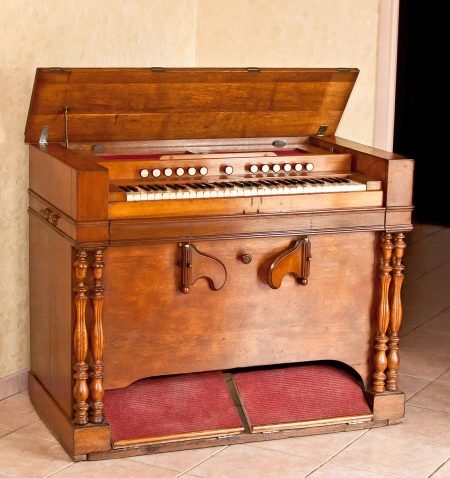
The history of this musical instrument begins in the 18th century, in 1784. She is connected with the master of organ affairs from the Czech Republic Frantisek Kirchnik. During this period he lived in Russia, in St. Petersburg, and created a new method of sound production. For his idea, he built a special mechanism that could affect the strength of sound, weakening it or, conversely, amplifying it.
The sound could be influenced simply by pressing a key.
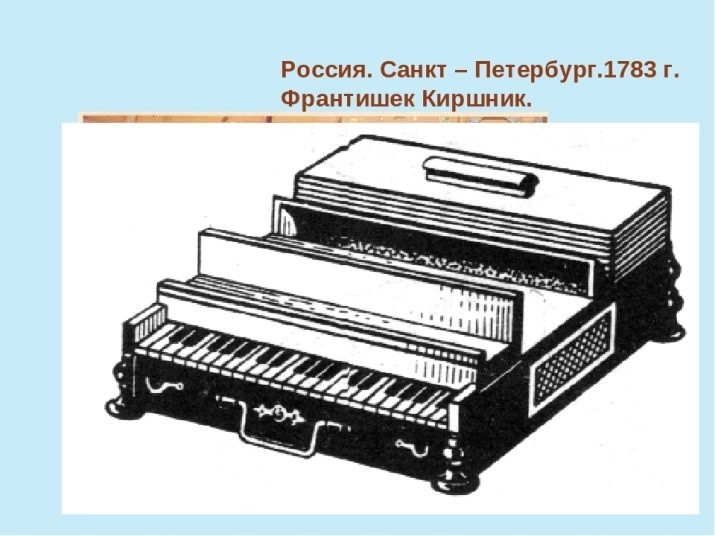
Looking ahead, we note that this particular new design Fyodor Vladimirovich Odoevsky, who is considered one of the founders of musicology, took in order to build a small organ "Sebastianon".
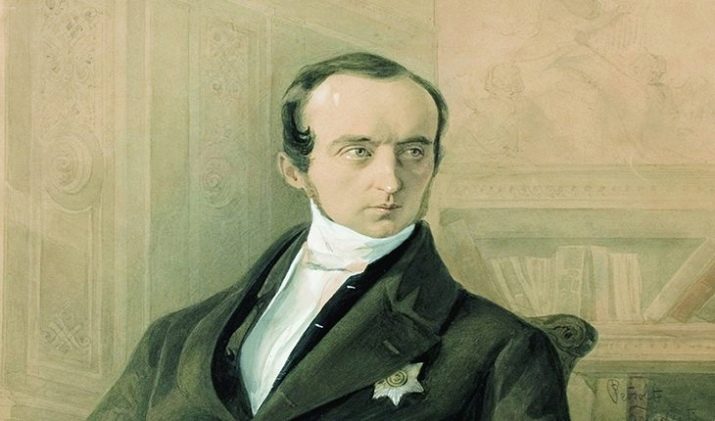
Already in 1790, Kirchnik's mechanism was somewhat improved by one of his students, Raknitz.
The first harmonium, or rather something very similar to it, was created by the Frenchman Jean Grenier in 1810. This instrument came to be called "expressive organ", and it is he who is considered the prototype of the harmonium.
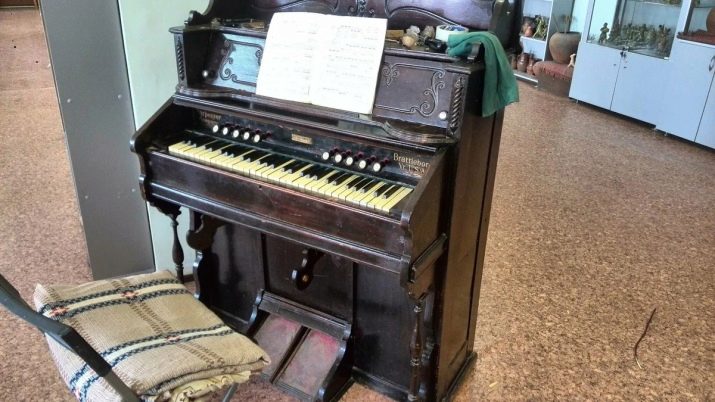
Already by 1816, this instrument was somewhat improved, which was made by the rather famous master Bushman at that time. This is how the harmonium was created, but the very name of the musical instrument was invented two years later. It happened in 1818. The name of the instrument was given by the Viennese master Heckel, who completed the improvement of the harmonium.
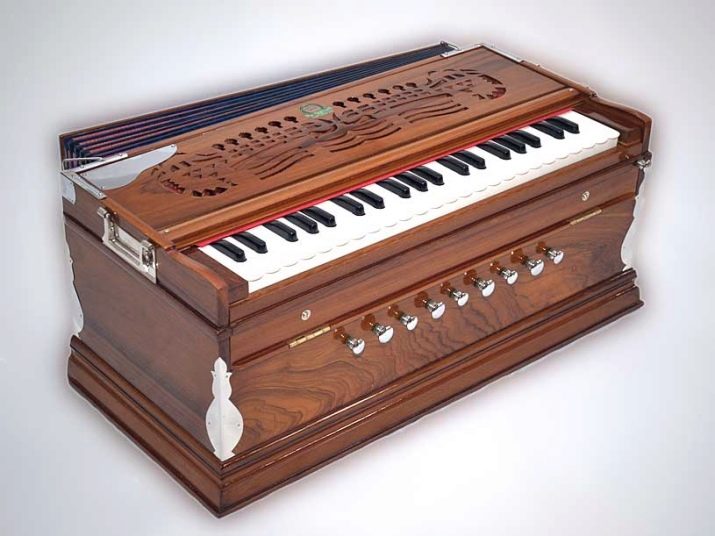
A little later, the French master Alexander François Deben created a smaller harmonium, which in its appearance began to resemble a piano. He also received a patent for this new musical invention.
Generally, this musical instrument has undergone many different alterations. There was a lot of attention from different masters to him, and each tried to add some innovation from himself.
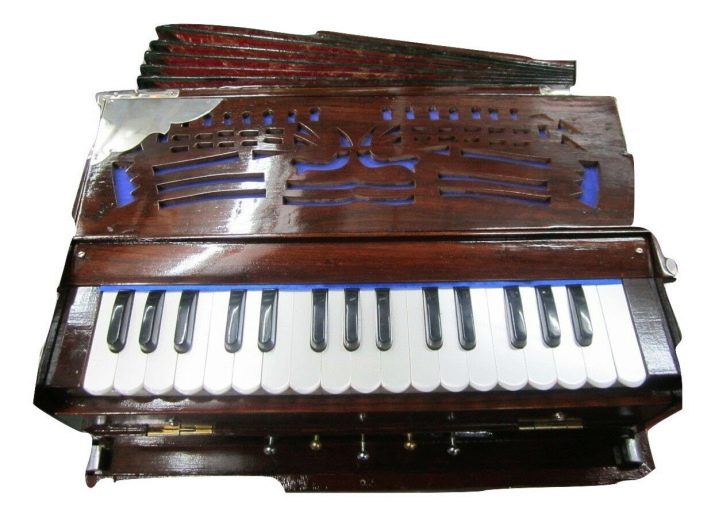
So, in 1854 the French Mustel presented the harmonium, which had a "double expressiveness". It had two manuals, from 6 to 20 registers, which could be turned on using wood levers or pressing buttons. The master divided the keyboard of the instrument into two sides - left and right, respectively. Inside, he placed 2 operating sets of strips with registers.
Throughout the 19th century, the musical instrument continued to be actively improved and changed in any way. Over time, percussion was introduced into the harmonium, which made it possible to give an accurate attack of the sound, then a special device was added that contributed to the prolongation of the sound.
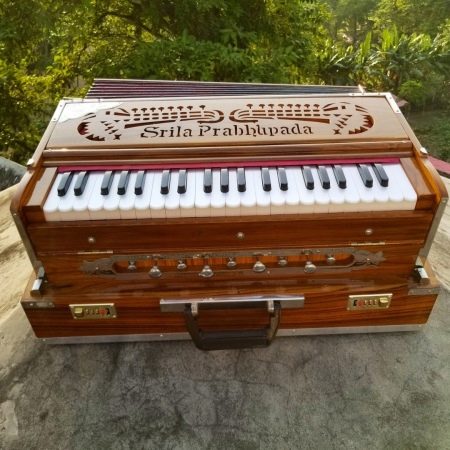
As for the use of this musical instrument, during the 19th and 20th centuries it was used mainly for playing music at home. The harmonium itself was often called "organ" by many, but it was done by those who do not understand music, because these instruments are completely different. If the organ belongs to the class of pipe wind instruments, then the harmonium belongs to the reed family.
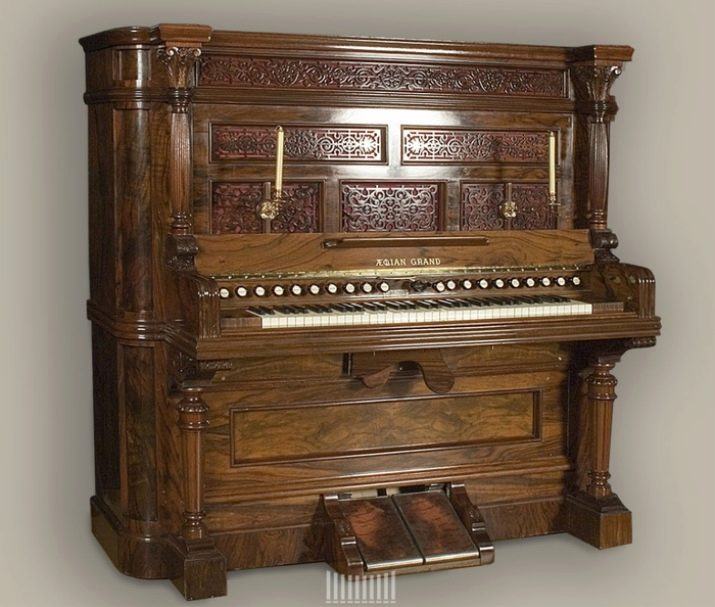
The harmonium was especially appreciated by the nobles and in the homes of noble gentlemen. Many different musical compositions were written for her, each of which is distinguished by its tenderness, melodiousness, serenity and melodiousness. Due to the peculiarities of the sound of a musical instrument, transcriptions of vocal and clavier compositions were most often performed on it.
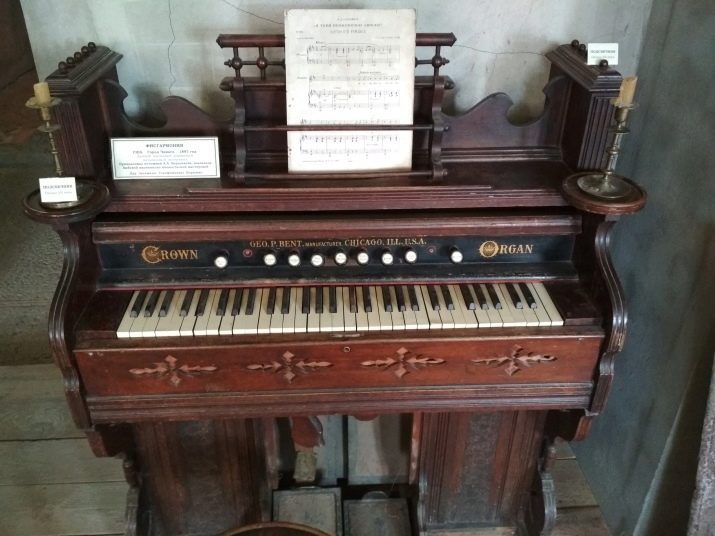
It is also interesting that this instrument was even blessed by the Pope to perform liturgy on it. He was deeply convinced that the harmonium "has a soul." So, this musical instrument was successfully used in many churches, along with the classical organ.
This instrument was also popular in Russia. Here he appeared thanks to immigrants from Germany to Ukraine. The harmonium could be seen in almost every home.
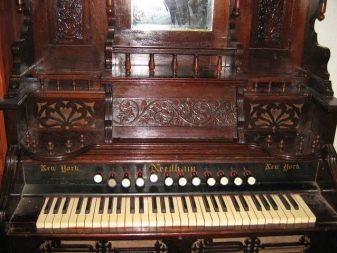
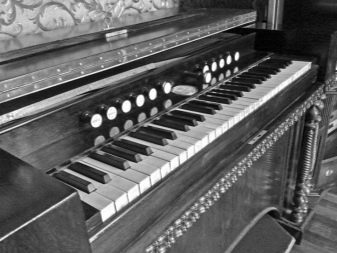
By the middle of the 20th century, the harmonium began to lose its former relevance. In Russia, its popularity declined sharply in the pre-war period. Production of it has become less due to low demand from consumers. At the present time, the situation has not changed in any way. It is not produced so actively, but only its real fans acquire this musical instrument.
However, the harmonium is a useful instrument for those who play the organ professionally. On it you can learn new pieces of music, as well as train your hands for high-quality play.
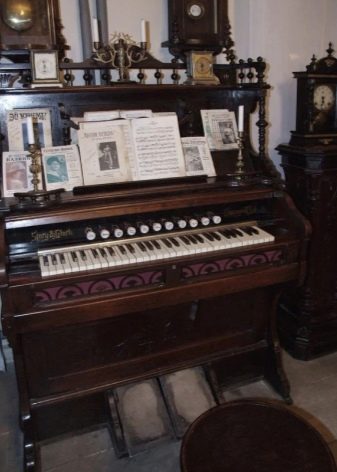
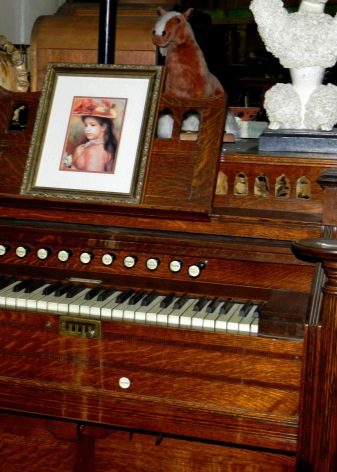
Description
Due to the presence of keys, the instrument bears similarities to an organ or a piano, but they have no more similarities. It belongs to the family of aerophones or harmonics, and its sound production occurs through the action of air currents, which are pumped by bellows, on metal tongues.
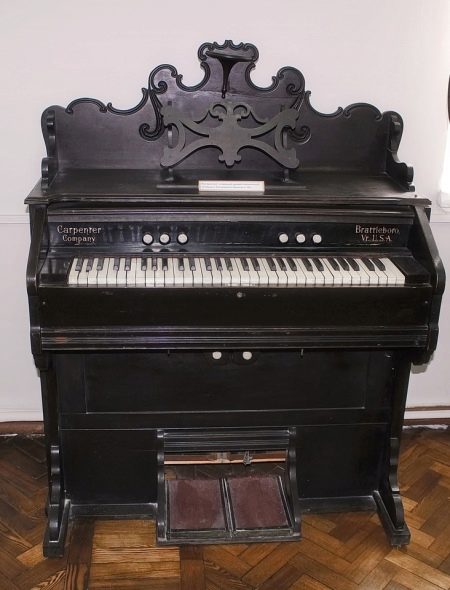
Varieties
As already mentioned, this musical instrument has been modified in every possible way over the course of almost 2 centuries. There were also large harmoniums and smaller ones. In addition, transformations were carried out on the inside of the instrument. So, many varieties of harmonium appeared, in modern times you can find some of them.
Harmoniflute
This was the name given to one of the first harmoniums. There are two versions about who became its creator. It was either Heckel or Busson.
This musical instrument was installed on a special stand, and its bellows worked only when there was an impact on the pedals. It was difficult to call the harmoniflute sounding range wide, it was only 3-4 octaves.
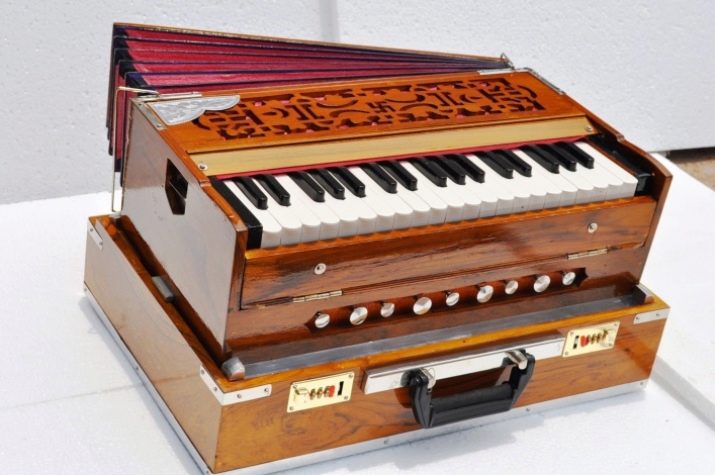
Indian harmonium
This instrument is expected to be in demand among the Indians, as well as among Pakistanis and Nepalese. They perform a melody on it in a sitting position on the floor, while the legs are not used in any way during the game. With the help of one of the hands, the musician acts on the bellows of the instrument, with the help of the other, he presses the keys.
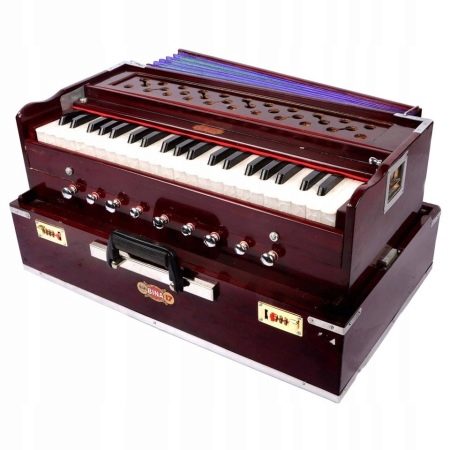
Enharmonic harmonium
This variety appeared as a result of the musical experiments of the Oxford professor Robert Bozanquet, during which he divided the octaves of the keyboard into 53 steps, equal to each other. This made the sound of the instrument more accurate. It was actively and for quite a long time used in German music.
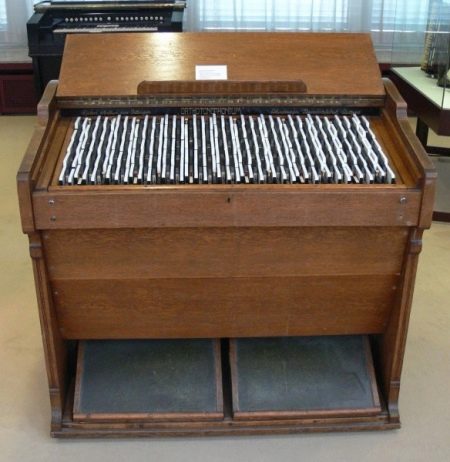
How to play?
Anyone can learn to play the harmonium. This process cannot be called too time consuming. However, the more lessons and practice you have, the better. The first thing to remember is that the furs can only be pumped when the keys are pressed, otherwise you risk ruining them.
The technique of the game is also not difficult. In the process, one hand of the performer is busy swinging the fur, and the other - pressing the keys. To play professionally or perform any beautiful melodies, you will need knowledge of notes and other musical wisdom.
